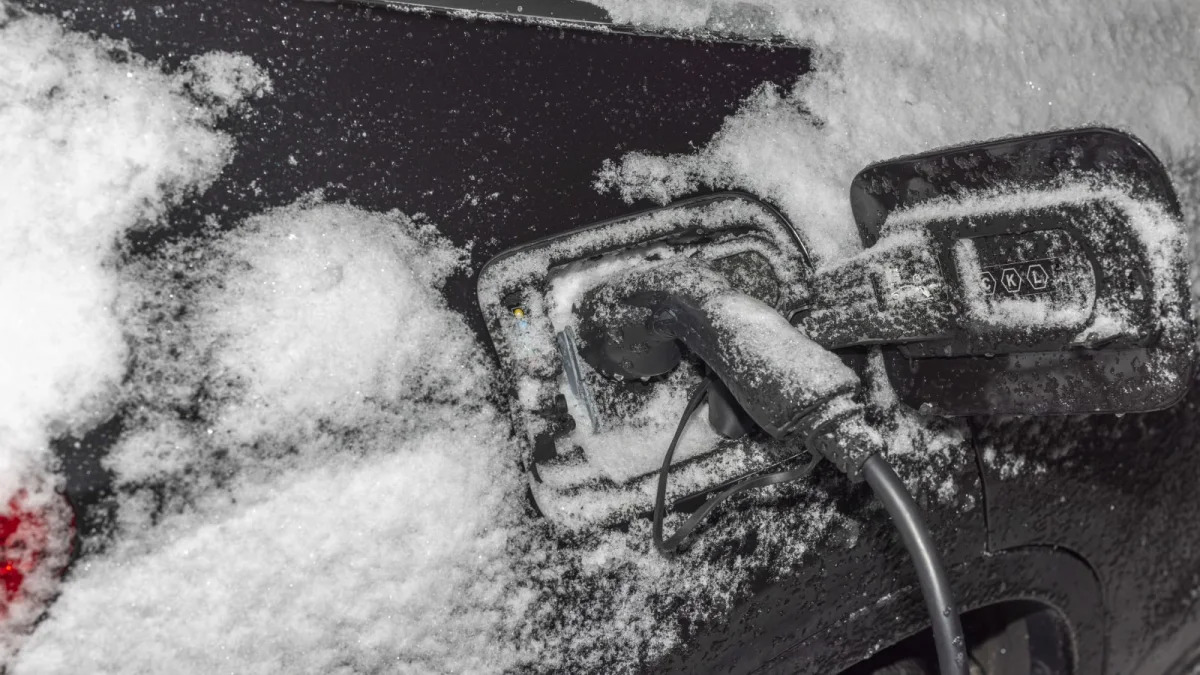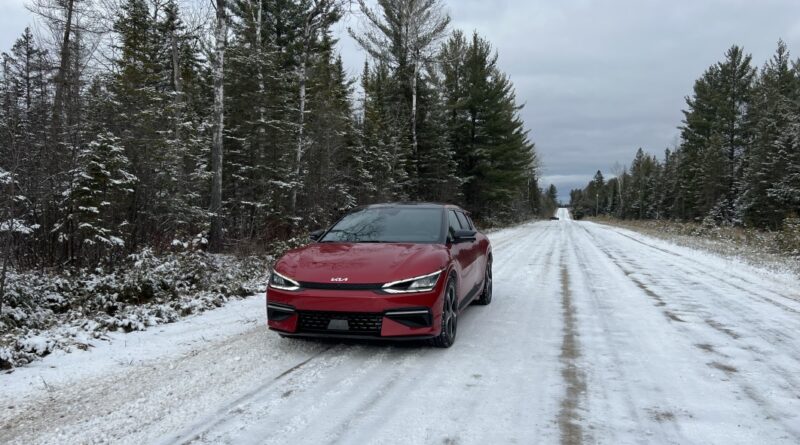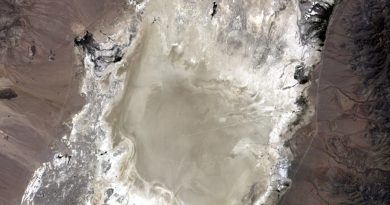Everything EV owners need to know about cold weather issues and tips to maximize driving range
Sadly, winter weather is a challenge to the EV ownership experience. There are the typical issues like slippery roads, brushing the snow off your car, cold steering wheels and the general stupidity of other drivers. But there are also some unique pain points, specifically pertaining to driving range and EV charging. If it’s your first winter in an EV, or if you’re an EV owner relocating to a colder climate, here are the things you should know about electric cars and cold weather.
Cold weather decreases EV driving range
It’s an unfortunate reality that your electric car simply won’t go as far on a single charge when it’s cold as it will in warmer temperatures. According to Consumer Reports, cars lose about 25% of their driving range due to cold temperatures in normal driving, or even more if you’re stopping between charges, forcing the car and battery to warm up again. In addition to the usual driving practices that help save fuel, there are a few things you can do go further on a charge, even in freezing temperatures.
Tips to maximize EV driving range in the cold
Opt for a heat pump when purchasing an EV. If you live in an area where you know you’ll face colder temperatures for part of the year, many EVs offer a heat pump as standard or optional equipment. A heat pump draws warmth from the environment (yes, even in cold weather) to help keep the passengers warm, reducing the amount of energy needed for climate control, thus increasing range.
Park indoors when possible. A garage is great. A heated garage is even better. The closer your battery stays to its ideal temperature — about 60 to 85 degrees Fahrenheit — the better, but even 40 degrees is better than 20. If a garage isn’t available, parking in the sun and out of the wind will help a bit.
Keep your car plugged in before driving. This allows you to do two things that will help range. First, it will keep your battery warm until you unplug it. Depending on your car or your home charger, you might even be able to set a departure time, which will precondition your battery for your trip. Plugging in also allows you to …
Heat the cabin before you leave. If your interior is already at a comfortable temperature when fully charged, it won’t have to use that extra energy to warm up the cabin while you’re driving. Go turn on your car and let the cabin warm up before you unplug, or use a remote app or departure schedule, if available, to have things ready.
Bundle up. As a last resort, if you’re really concerned about your range, or obsessive about efficiency, dressing warmly will allow you to keep the temperature set lower and be comfortable without having to use heated seats or steering wheel. We hate to recommend this tactic, however, as it’s a sacrifice you shouldn’t have to make when living with an EV, and the previous recommendations should be effective enough.

EV charging takes longer in the cold
The colder it is, the slower the chemical reaction in your lithium-ion battery that allows it to accept a charge. When charging our long-term EV6 in the winter, for instance, we’d often see it peak at a much lower charging rate than the car and the charger were usually capable of. That just means your stops at the charging station will take longer. There are steps you can take, though, to make for a better winter EV charging experience.
How to charge EVs in cold weather
If you can, again, park your car indoors. A heated garage is ideal, but anything that will keep it even a little warmer will make a difference.
Use Level 2 charging at home. Most EV owners will install a Level 2 charger or 240-volt outlet at home anyway, as it simply chargers the car much faster than using a standard 120-volt outlet.
Plan ahead on longer trips. If you’re going to need to stop at a charging station on the way to your destination, budget extra time into your trips. With decreased range, you’ll have to charge more often, and those charging stops will take longer. If you plan for that, it’ll make your trip smoother. Some EVs have built-in route planners that can let when and where you should charge along the way, and navigate you to them, to save the most time.
Use a preconditioning feature, if your car has one. If you’re going to stop at a public charger, your car can warm the battery to an optimum temperature to charge more quickly. This will, of course, use more energy while you’re driving to the charger, but you’ll make up for it with the faster charging rate, as the car won’t have to spend time getting the battery up to its ideal charging temperature once plugged in. Check your owner’s manual and infotainment menus to see if your car this feature.
Keep your battery above 20%. Just like you don’t want to get stranded with an empty tank of gas, you don’t want to run out of charge on the way to a charging station (which are generally fewer and further between than gas stations). It’s a safety issue, but also, your battery is quicker to charge when it’s between 20% and 80%.
What do the automakers say?
The above are good general tips for winter, but various car brands might have more advice specific to the EVs they sell, whether it’s details about their feature sets or best practices for range and comfort. Here’s what a few of them say.
Tesla includes details in its owner’s manuals, which are available online. For instance, the Tesla Model 3 manual walks you through scheduling defrosting before your departure, what to do if your charge port or door handles freeze, and what its cold battery indicator light means. It also recommends keeping the car plugged in when not in use.
Ford, which makes the Mustang Mach-E and Ford F-150 Lightning EVs, has a video providing tips on charging in cold weather. It recommends parking in a garage, keeping it plugged in, and using the vehicle’s included preconditioning and departure time functions to extend range.
Porsche, which makes the Taycan, has an article with information from an electric vehicle engineer with explainers about why range suffers in winter, dispelling some myths about EVs in the process. It explains that all vehicles are less efficient in the cold, but electric vehicles don’t have the benefit of using the massive amount of waste heat from the engine to heat the cabin. It also discusses the benefit of a heat pump and what to do if you need to leave your vehicle sitting in the cold for a couple weeks.
When in doubt, check your owner’s manual for information about what winter-friendly features your car may have.




